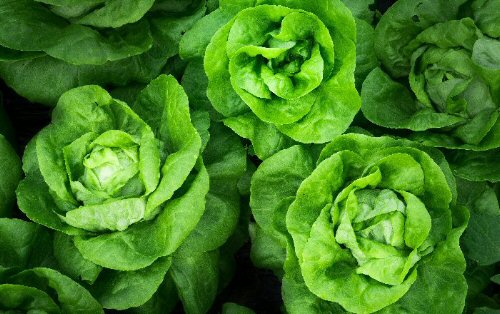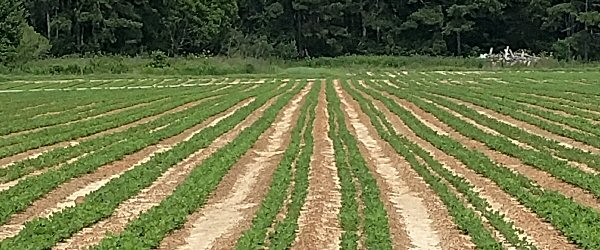WNC Vegetable Growers
Increasing the capacity of western North Carolina vegetable growers to improve pest management and conserve natural resources
 The river and creek bottoms in the mountainous area of western North Carolina have become an increasingly important production area for fresh vegetables in the Southeast United States. The average size of vegetable farms in the area is around 22 acres, with a handful of farms over 100 acres. New growers entering vegetable production include those who are making a transition from burley tobacco farming, small scale organic and community-supported farmers, and a small but growing number of Hispanic producers. The majority of production centers on fresh tomatoes and bell peppers, along with fresh market cucumbers, squash, strawberries and other vegetable crops. A great deal of the production is in bottom land, partly out of necessity given the region’s hilly terrain and also due to the need for irrigation water.
The river and creek bottoms in the mountainous area of western North Carolina have become an increasingly important production area for fresh vegetables in the Southeast United States. The average size of vegetable farms in the area is around 22 acres, with a handful of farms over 100 acres. New growers entering vegetable production include those who are making a transition from burley tobacco farming, small scale organic and community-supported farmers, and a small but growing number of Hispanic producers. The majority of production centers on fresh tomatoes and bell peppers, along with fresh market cucumbers, squash, strawberries and other vegetable crops. A great deal of the production is in bottom land, partly out of necessity given the region’s hilly terrain and also due to the need for irrigation water.
The purpose of this project has been to create and demonstrate an integrated program that enables western North Carolina vegetable growers to increase the use of environmentally sound pest management and conservation practices to increase participation in federal conservation programs. In doing so, the project’s efforts will lead to reduced pesticide risks and improved water quality in the region through three inter-related objectives:
- Objective 1) Develop an integrated portfolio of practices for WNC vegetable growers that enables them to reduce environmental risks and conserve natural resources.
- Objective 2) Demonstrate use of the integrated pest management and conservation program through participation in federal conservation programs with 8-10 influential growers in the 2007 growing season.
- Objective 3) Conduct an education and communications program to support project efforts and to expand awareness, knowledge and ability of growers to use environmentally sound practices through the conservation programs.
Funded by the EPA Region 4, Strategic Agriculture Initiative, this is a cooperative effort with North Carolina State University and Cooperative Extension, the North Carolina Tomato Growers Association and the Natural Resources Conservation Service. The project has been able to capitalize on previous addition to NRCS conservation programs to include among the practices that mitigate the impacts of methyl bromide use a specific conservation practice that allow for the use of cover crop & chemigation (methyl bromide alternatives) management system in vegetables. The addition of this practice has created a full suite of practices for WNC vegetable growers.
The major educational product, in addition to summer and winter growers’ education sessions has been the production of a Solanaceous Guide (1.pMB PDF) — the first such guide made available to growers in the region.
Putting the Farm Bill to Work Quick Links
- Appalachian Region
- California
- Georgia
- Michigan
- North Carolina
- North Carolina Apple Growers
- North Carolina Nursery Crops
- North Carolina Christmas Trees
- North Carolina Strawberry Growers
- North Carolina Strawberry Survey
- North Carolina Sweetpotato Producers
- North Carolina Sweetpotato Survey Summary
- Western North Carolina Vegetable Growers
- Oregon

